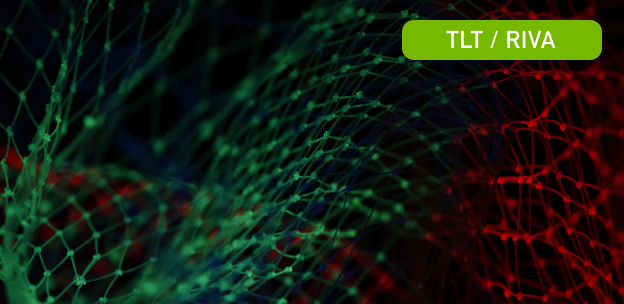TLT/Riva - Intent Detection & Slot Tagging

Intent Detection and Slot Tagging Collection
Overview
This page contains the information about the Intent Detection and Slot tagging collection with TLT. The models in this collection can be used to detect Intents and to tag Slots (Entities) in user queries in chat bots or voice assistant systems.
These models are usually data specific and will recognize specific intents and slots that were presented in a training dataset.
Model Architecture
These are pretrained Bert-like models with 2 linear classifier heads on the top of it. One for classifying an intent of the query on the output of the first token [CLS] and another for classifying slots for every other token of the query.
These models were trained with the combined loss function on the Intent and Slot classification task for a training dataset.
Available Models
For instructions on how to use a model, please see its corresponding model card page:
License
License to use these models is covered by the Model EULA. By downloading the model checkpoints, you accept the terms and conditions of these licenses.
Suggested Reading
- More information about the Transfer Learning Toolkit can be found at the NVIDIA Developer Zone: https://developer.nvidia.com/transfer-learning-toolkit
- Read the TLT getting Started guide and release notes.
- More information about the experiment spec files can be found in the TLT User Guide
Ethical AI
NVIDIA’s platforms and application frameworks enable developers to build a wide array of AI applications. Consider potential algorithmic bias when choosing or creating the models being deployed. Work with the model’s developer to ensure that it meets the requirements for the relevant industry and use case; that the necessary instruction and documentation are provided to understand error rates, confidence intervals, and results; and that the model is being used under the conditions and in the manner intended.